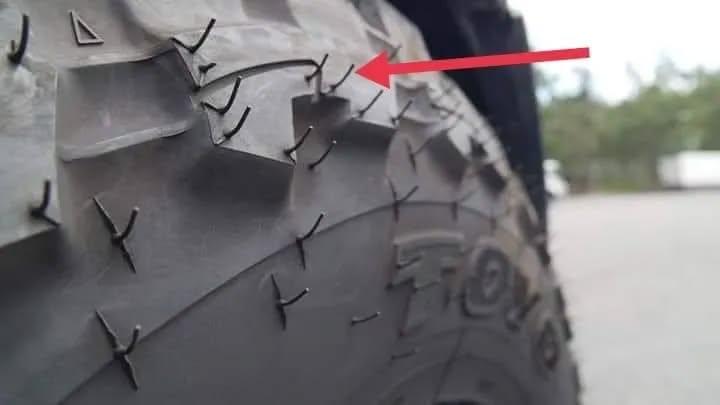The tiny rubber protrusions on the surface of a tyre, as shown in the image, are commonly referred to as vent spews or simply tyre hairs. These small rubber spikes are a byproduct of the tyre manufacturing process and serve a functional purpose during production.
How Tyre Hairs Are Formed
When a tyre is manufactured, rubber is injected into a mould that gives the tyre its final shape, including the tread pattern and sidewall design. The moulds used in this process have small vent holes to allow air and excess rubber to escape during the curing process. These vent holes prevent air pockets from forming inside the tyre, ensuring a smooth and uniform surface. The excess rubber that escapes through these vents solidifies, forming the small rubber hairs.
Purpose of Tyre Hairs
1.Air Release During Manufacturing: The primary purpose of the vent holes is to release trapped air and excess material during the moulding process. This ensures that the tyre is properly shaped and free of imperfections.
2.Indicator of New Tyres: While not intentionally designed for this, the presence of tyre hairs is often seen as a sign that the tyre is new and unused.
Do Tyre Hairs Affect Performance?
Tyre hairs have no impact on the tyre’s performance, durability, or safety. They are purely cosmetic and serve no functional purpose once the tyre is on a vehicle. Many of these hairs wear off naturally as the tyre is used, particularly after driving on rough or uneven surfaces.
In conclusion, tyre hairs are a natural byproduct of the manufacturing process and indicate the tyre’s quality during production. While they may not serve a critical role on the road, they are a fascinating detail of tyre design and production.

